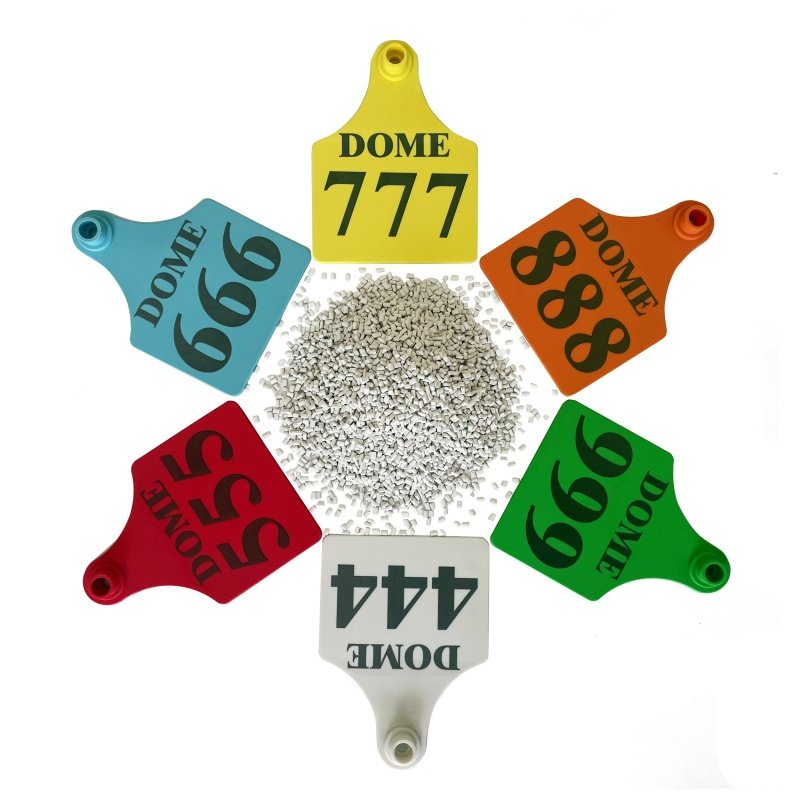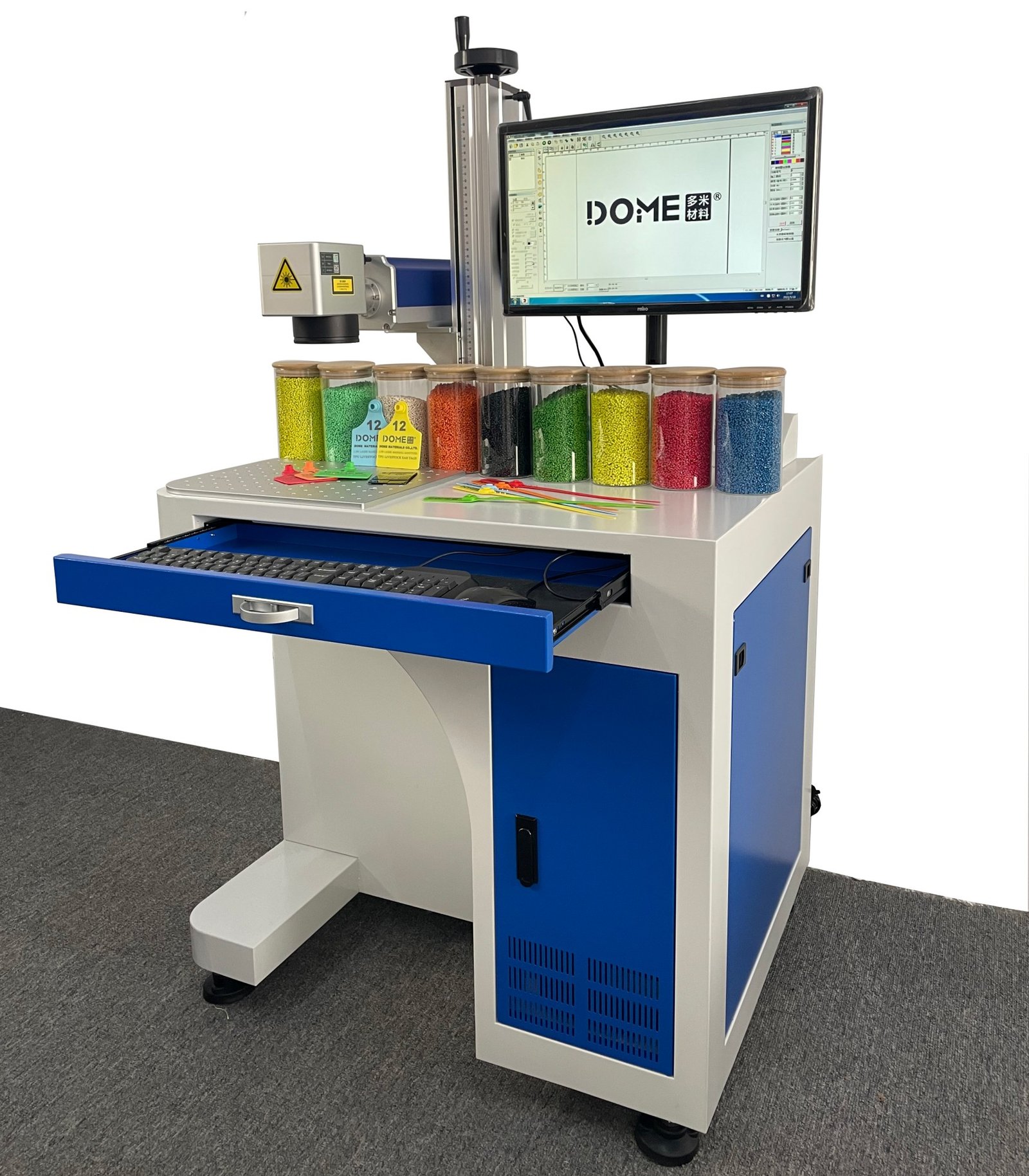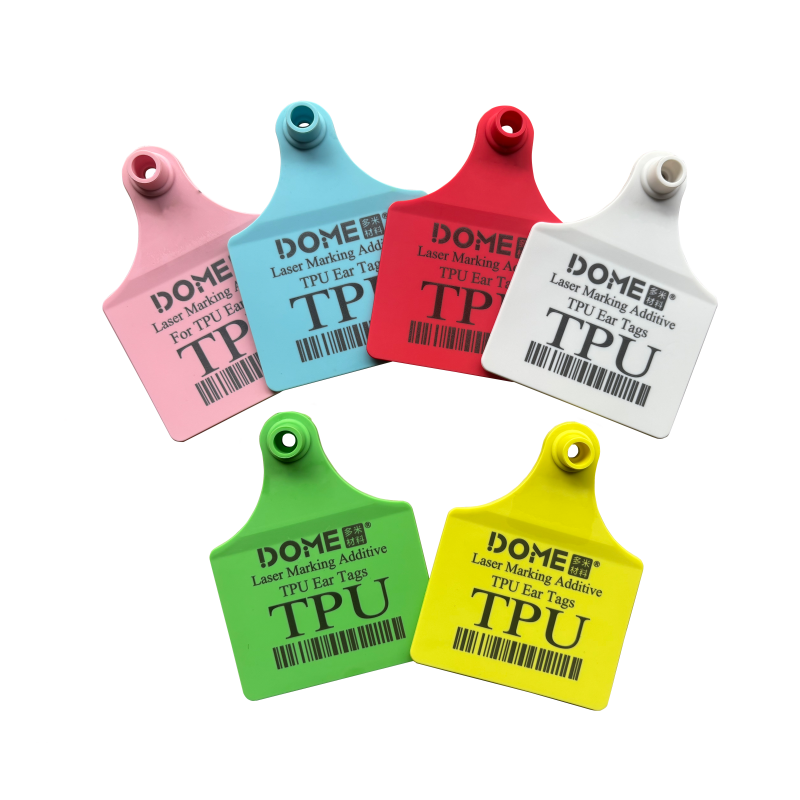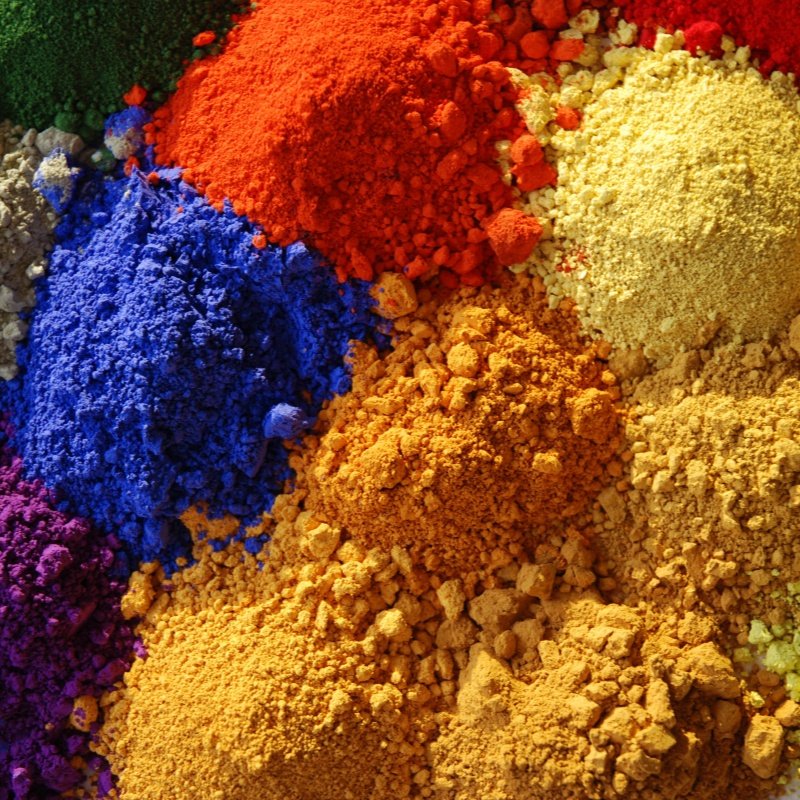Laser marking technology has gained popularity in many industries due to its precision and versatility. These machines are also known as laser engraving machines, laser etching machines, or laser marking machines. There are different types of laser marking machines, each with its own distinct features and benefits.
In the realm of marking technology, two highly cost-effective models currently prevailing are the fiber laser marking machine and the CO2 laser marking machine. many individuals are not entirely clear on the distinctions between fiber laser marking machines and CO2 laser marking machines. These distinctions primarily manifest in mechanical principles, industrial applications, and the materials on which they operate.
Today, let us delve into the differences in marking performance on various materials between the fiber laser marking machine and the CO2 laser marking machine.
First, the mechanical performance parameters and characteristics of the marking machine.
Fiber Laser Marking Machine:
- High electro-optical conversion efficiency, with overall power consumption below 500 watts, constituting just one-tenth of the lamp-pumped solid-state laser marking machine, leading to significant energy savings.
- Fast processing speed, surpassing existing marking machines by 2-3 times.
- Laser head longevity reaches up to 100,000 hours.
CO2 Laser Marking Machine:
- The laser power can be utilized for engraving and marking various non-metal products, with a laser lifespan extending to 20,000-30,000 hours.
Secondly, we examine industrial applications and applicable materials:
Fiber Laser Marking Machine:
- Suitable for a wide array of metallic materials such as high-hardness alloys, oxides, plating, coatings, ABS, epoxy resins, inks, and engineering plastics.
- Applicable across industries including plastic transparent keys, integrated circuit chips, digital product components, machinery, jewelry, sanitary ceramics, measuring tools, timepieces, eyewear, electrical and electronic components, hardware accessories, hardware tools, mobile communication components, automotive and motorcycle parts, plastic products, medical devices, and building materials and pipelines.
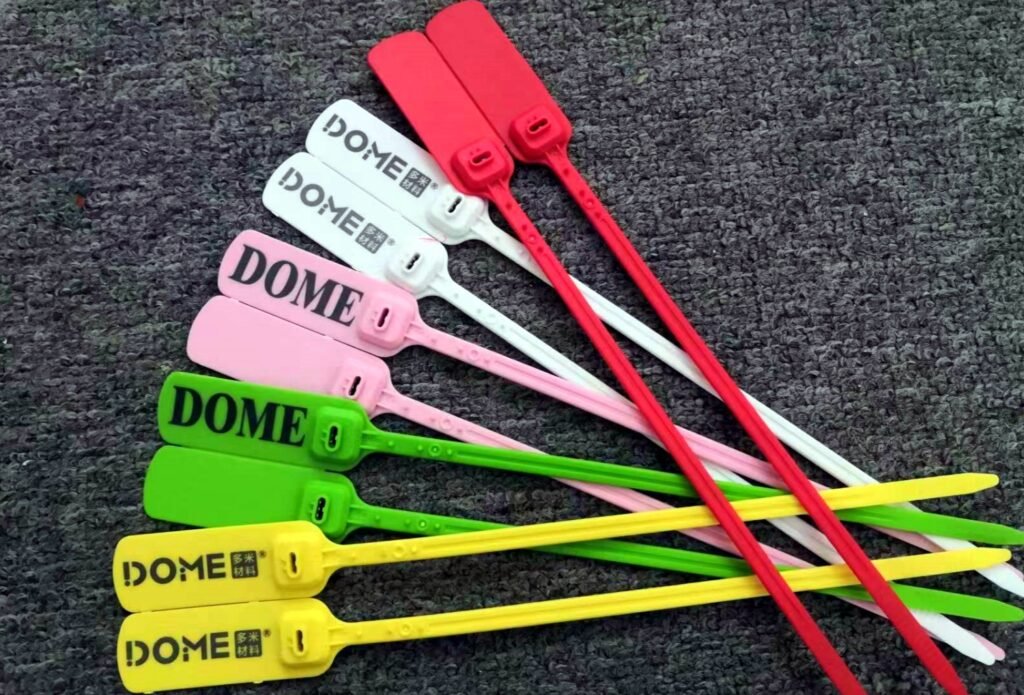
CO2 Laser Marking Machine:
- Utilized for marking paper, leather, fabric, organic glass, epoxy resin, acrylic, woolen fabrics, plastics, ceramics, crystal, jade, and bamboo.
- Widely employed in various consumer goods, food packaging, beverage packaging, pharmaceutical packaging, architectural ceramics, garment accessories, leather, fabric marking, craft gifts, rubber products, shell nameplates, denim, and furniture.
The primary advantages of fiber laser marking and CO2 laser marking
Fiber laser marking:
- High marking speed: Fiber lasers are capable of marking at high speeds, making them ideal for high-volume production environments.
- Superior marking quality: Fiber lasers produce fine, high-contrast markings with excellent edge definition, making them suitable for intricate designs and small text.
- Versatility: Fiber lasers can mark a wide range of materials, including metals, plastics, ceramics, and some organic materials, providing flexibility for various applications.
- Low maintenance: Fiber lasers have a longer lifespan and require minimal maintenance, resulting in reduced downtime and lower operating costs.
- Energy efficiency: Fiber lasers are more energy-efficient compared to other marking technologies, leading to reduced power consumption and operating expenses.
CO2 laser marking:
- Rapid completion of intricate component marking without inducing stress or deformation, particularly evident in thermoplastic materials, achieving high-quality smooth surfaces unattainable by other marking methods. It also performs well when marking polyester and polycarbonate materials.
- Furthermore, in glass marking, the mechanical processing method utilizing diamond grinding wheels and high-hardness metal wheels is the traditional approach for marking glass and glass products. However, a major drawback is the necessity for reprocessing the edges, leading to issues such as asymmetrical edge stress, residues, minor cracks, soft edges, and reduced output.
- In the realm of mold marking, companies engaged in architectural model manufacturing extensively employ laser marking. They often require engraving brick codes on thin sheet materials and marking intricate shapes. The majority of models utilize CO2 laser marking equipment, achieving excellent results on acrylic resin sheet materials.
In conclusion, while both the fiber laser marking machine and the CO2 laser marking machine offer distinct advantages and applications, their performance on different materials varies significantly. Understanding these differences is crucial for selecting the most suitable marking machine for specific industrial and material requirements.
Why is it necessary to use laser marking additives for optimizing laser marking effects?
Laser marking is a widely used method for marking and engraving various materials, including metals, plastics, and ceramics. However, achieving the desired marking effects can be challenging, especially when working with difficult materials or intricate designs.
This is where laser marking additives come into play. By adding specific additives to the material being marked, the laser marking process can be optimized to achieve better contrast, improved readability, and enhanced durability of the mark.
The use of additives can also help reduce the energy required for marking, minimizing damage to the material, and increasing the speed and efficiency of the marking process.
In conclusion, the use of laser marking additives is essential for achieving high-quality and consistent marking results, especially when working with challenging materials or complex designs. Therefore, it is important to consider the use of additives when optimizing laser marking effects.
Why Choose Dome Materials’ laser additives?
DOME™ Materials’ Laser marking additives offer several advantages that make them a preferred choice for various applications. Here are some reasons why you should consider DOME™ Materials’ Laser marking additives:
- Enhanced Quality: DOME™ Materials’ laser additives are designed to improve the quality of laser marking on various materials. They can enhance contrast, adhesion, and resistance to environmental factors, ensuring that the markings are durable and visually clear.
- Customization: DOME™ Materials’ laser marking additives offer a range of options to cater to specific requirements. Whether you need improved contrast, better adhesion, or resistance to environmental factors, there are additives tailored to meet these needs.
- Compatibility: DOME™ laser additives are designed to be compatible with a variety of materials. This ensures that you can find an additive that works well with the specific material you are using for your application.
- Durability: The laser additives are formulated to enhance the durability of laser markings on your polymers, making them resistant to wear and tear, as well as environmental factors.
- Meeting Standards: By choosing DOME™ Materials’ Laser marking additives, you can ensure that the markings on your polymers meet industry standards and specific application requirements.
In conclusion, DOME™ Laser marking additives offer a range of benefits including improved quality, customization, compatibility, durability, and the ability to meet specific standards. These factors make them a reliable choice for enhancing laser markings on dome materials.
